Hypoxia
What is Hypoxia?
Hypoxia is when the tissues of your body don’t have adequate oxygen. When you breathe, you carry oxygen into your lungs, where it crosses via your airways out into small sacks known as alveoli. From there, it brings picked up by your blood in tiny vessels that cross close to the alveoli (capillaries). Eventually, it travels via your blood out to further tissues.
You can believe oxygen as billions of passengers pass into the airport (your lungs). They obtain picked up at the entrance and get on the highway (blood vessels) to be brought to their goal (your tissues). As the oxygen obtains dropped off, it creates room for a further passenger to be picked up: carbon dioxide. Carbon dioxide is a waste outcome, which is then brought back to your lungs and leaves your body when you breathe out.
If not sufficient oxygen gets via at any location on the journey, it can conduct to hypoxia. Airflow and blood flow are both essential to the method. This is why lung conditions and heart conditions both raise your risk of hypoxia. Somebody who feels hypoxia is known as hypoxic.
Epidemiology
Hypoxia is a familiar disease that we face every day in the hospital. Yet, the reasons for hypoxia are numerous, and its majority is irregular. Some of these reasons are very familiar such as pneumonia or chronic obstructive pulmonary disease (COPD), others are fairly rare like hypoxia due to decreased oxygen tension as in elevated altitude or due to cyanide poisoning.
What are the 4 types of Hypoxia?
For oxygen to construct to the cells in your tissues, you require:
- Adequately oxygen in the air you breathe in.
- Fit lung function to obtain oxygen to your alveoli.
- Fit heart and circulatory roles to obtain oxygen-rich blood to your tissues.
- Adequately red blood cells provide oxygen.
- Tissue cells are capable of utilizing oxygen.
- The four varieties of hypoxia are separately caused by a lack of oxygen in any one of these regions.
Hypoxemic hypoxia
Low quantities of oxygen in the blood (hypoxemia) can conduct to hypoxemic hypoxia, the most familiar reason for hypoxia. Hypoxemia can be generated by lung and heart conditions, congenital heart defects, and drugs that restrict your breathing. Journeying to a high altitude, where levels of oxygen are more down, can also generate hypoxemia.
Circulatory hypoxia
Your blood can have an abundance of oxygen, but not adequately of it obtains to your tissues if the heart doesn’t pump adequately blood or there is a blockage in a blood vessel. This is known as circulatory hypoxia (also known as stagnant hypoxia or ischemic hypoxia). Congestive heart failure and blood clots can raise your risk of circulatory hypoxia.
Anemic hypoxia
Anemic hypoxia occurs when you don’t have adequate red blood cells to bring oxygen from your lungs to further tissues. You can evolve anemic if your body doesn’t make sufficiently red blood cells or it creates deformed red blood cells.
Histotoxic hypoxia
Histotoxic hypoxia occurs when your cells aren’t capable to use oxygen correctly. In this issue, you can have an abundance of oxygen arriving into your lungs and entering your blood. But when it comes to your tissues, something maintains your cells from being capable to use it. This can occur with cyanide poisoning.
What are the signs and symptoms of Hypoxia?
Hypoxia symptoms differ relying on the severity, underlying reason, and what regions of your body are involved. When your oxygen is down, you might sense that you can’t breathe or think correctly. Some hypoxia symptoms contain:
- Restlessness
- Headache
- Confusion
- Anxiety
- Rapid heart rate (tachycardia)
- Rapid breathing (tachypnea)
- A problem in breathing or shortness of breath (dyspnea)
Extreme hypoxia can generate extra symptoms:
- Slow heart rate (bradycardia).
- Excessive restlessness.
- Bluish skin (cyanosis).
What causes Hypoxia?
A lack of adequate blood flow to tissues and cells can generate hypoxia.
Some health problems that can decrease blood flow contain:
an injury that conducts to blood loss or injuries to arteries
compression, which might happen in a traumatic injury
heart issues, like heart failure or a heart attack
liver diseases
A related disease is a hypoxemia, which guides to the blood having too slight oxygen. Diseases associated with hypoxemia contain:
- chronic obstructive pulmonary condition, which may be better called COPD
- pneumonia
- asthma
- interstitial lung condition
- fibrosis
- emphysema
- chronic bronchitis
- swelling of the larynx or lungs
- pulmonary embolism
- acute respiratory distress syndrome
- inhaling foreign objects that interfere with breathing
- obesity
- being in a high altitude
- being in a coma or deep sedation
- mucus plugs
- brain damage or neurological diseases
- damage to one or both phrenic nerves, which send information regarding a motion to respiratory muscles
- abnormalities in the design of the lungs or chest wall
- fistulas
- some liver diseases
- heart diseases
- drug overdoses
- cyanide poisoning
Differential Diagnosis
Hypoxemic Hypoxia
Low oxygen pressure in the arterial blood (PaO2) is due to the incapability of the lungs to adequately oxygenate the blood. The reasons contain hypoventilation, damaged alveolar diffusion, and pulmonary shunting.
Circulatory Hypoxia
It is due to pump loss (the heart is incapable to pump sufficient blood, and thus oxygen delivery is damaged).
Anemic Hypoxia
It is because of a reduction in oxygen-carrying capability due to low hemoglobin leading to insufficient oxygen delivery.
Histotoxic Hypoxia (Dysoxia)
Cells are incapable to use oxygen effectively, the best instance of this is Cyanide poisoning which interferes with the enzyme cytochrome C oxidase in the mitochondria, obstructing the use of oxygen to create ATP.
How is Hypoxia diagnosed?
Your healthcare provider will conduct a physical examination, involving hearing to your heart and lungs. They may inspect your nails, skin, and lips to notice if they look bluish. Your provider may also order examinations to inspect your oxygen levels and decide the underlying reason for hypoxia, involving:
Pulse oximetry: Your healthcare provider puts a sensor over your finger to estimate the quantity of oxygen in your blood. This method is noninvasive and painless.
Arterial blood gas test (ABG): A thin syringe is used to remove blood from your arm, wrist, or groin to inspect your oxygen levels.
Pulmonary function test (PFT): You blow out and breathe into a mouthpiece connected to a device that estimates how well your lungs function.
Imaging: CT scans, X-rays, and V/Q scans all use certain tools to get pictures of your internal organs. Picturining can assist your provider to specify the reason for hypoxia.
Six-minute walk test (6MWT): You walk on a flat texture for six minutes to notice how far you can walk in that time. This examination assists your healthcare provider to assess lung and heart function.
How is Hypoxia treated?
Treating hypoxia has three main purposes:
- assisting to keep airway function
- raising the quantity of oxygen inhaled
- enhancing how much oxygen passes from the blood into the lungs
Typical treatments are:
suctioning in the upper airways to maintain them clear and remove foreign things
decreasing any blockage in the throat, like by tilting the head
using a ventilation machine, like a bilevel or continuous positive airway pressure device
bearing bronchodilator drugs, which assist open the airways
having chest physiotherapy
having an endotracheal tube
having a flutter valve to assist to maintain the airways clear of mucus
using an incentive spirometer, a machine that assists a person to visualize their breathing and memorize to take gradually, deeper breaths
using nasal cannulas, which provide oxygen via the nose
using a face mask to provide oxygen to the nose and mouth
carrying diuretics to decrease excess fluid, for a patient with edema
bringing steroids, for some patients with an interstitial lung condition
Complications
The brain and the heart are the organs most involved in hypoxia.
Long-term, milder hypoxia can generate severe damage as the body attempts to adjust to the lower oxygen levels. Analysis suggests that it may play a major role in:
- Tumor growth and progression in cancer
- Cancer drug resistance
- Worsening specific heart diseases
- The loss of kidney functioning
If a case is extreme, damage can start within minutes of hypoxia happening. The following can happen as an outcome:
Seizures or uncontrollable brain troubles can cause involuntary motions and differences in consciousness
Coma, an extended duration of unconsciousness
Death
Prognosis
After oxygen is fixed to the brain, the prognosis differs. Longer duration of oxygen deprivation, especially in infants, young kids, and elders, generally produces more damage. There is no single therapy that can fix or reverse brain injury. Doctors also don’t completely understand brain injury, so it’s unbelievable to make trustworthy predictions. Some patients heal completely. Furthers never do.
Several methods can help recovery. Those contain:
Addressing the underlying reason for the hypoxia.
Supportive therapy, involves physical or speech treatment, to recover brain functioning. This assists the brain find methods to perform near the injury and can promote the growth of new nerve cells.
Controlling future issues of hypoxia.
Providing psychological help. Sound mental health creates it more straightforward for a hypoxia survivor to manage his or her injury. It also assists him or her stick with therapy.
When hypoxia is the outcome of somebody else negligence, a lawsuit can aid healing by supplying funds for high-quality medical supervision. Suing also hopefully controls what occurs to you or your loved one and never again occurs to another patient. It was not cheap. It’s your right to desire magistrate.
FAQ
Can a person recover from hypoxia?
Full healing from extreme anoxic or hypoxic brain injury is infrequent, but many persons with mild anoxic or hypoxic brain injuries are qualified of making complete or partial healing. Again, symptoms and outcomes of the injury are dependent on the location(s) of the brain that was involved in the lack of oxygen.
Can hypoxia lead to death?
It is a medical emergency that can occur on a few occasions where oxygen to the brain may be cut off, like from suffocation, cardiac arrest, choking, drowning, or head injury. Cerebral hypoxia can destroy brain cells and conduct to brain injury and death.
What is normal SpO2 by age?
Oxygen saturation levels (SpO2) between 95 to 100 % percent are assumed normal for both grown-ups and kids (below 95% is assumed abnormal). A patient over 70 years of age may have oxygen levels nearer to 95%. Normal oxygen saturation levels (SpO2) are between 95 to 100 % percent for both grown-ups and kids.
How can I raise my oxygen level quickly?
Breathing in the fresh air: Unlocking your windows or going outdoors for a walk can raise the quantity of oxygen that your body obtains, which raises your overall blood oxygen level.
How long can a person survive hypoxia?
Extreme oxygen deprivation can generate life-threatening issues involving coma and seizures. After 10 minutes without oxygen, brain death happens.

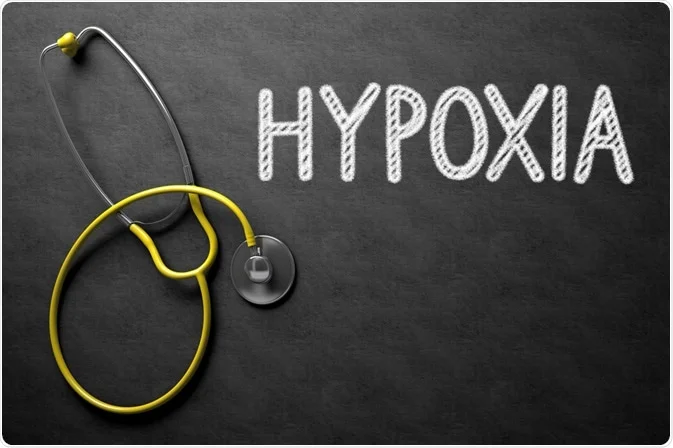

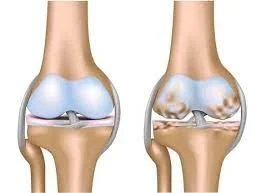
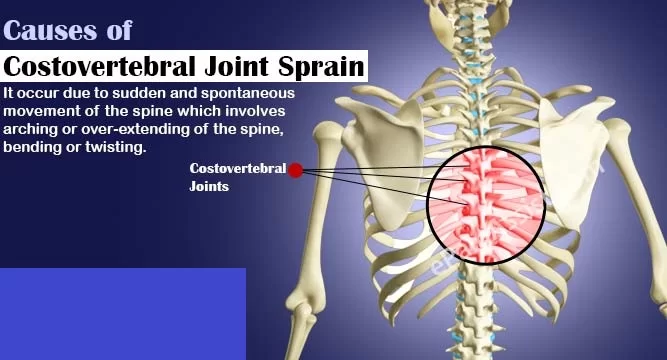
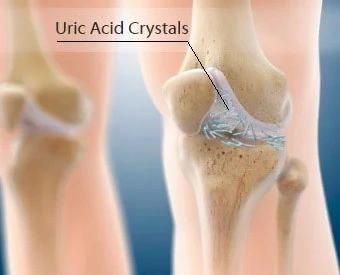
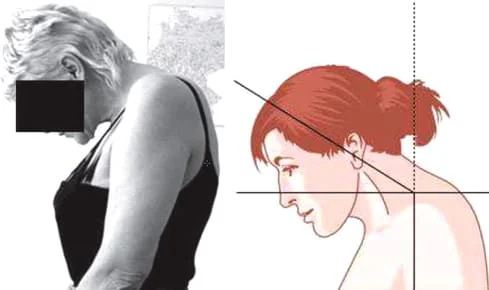
One Comment